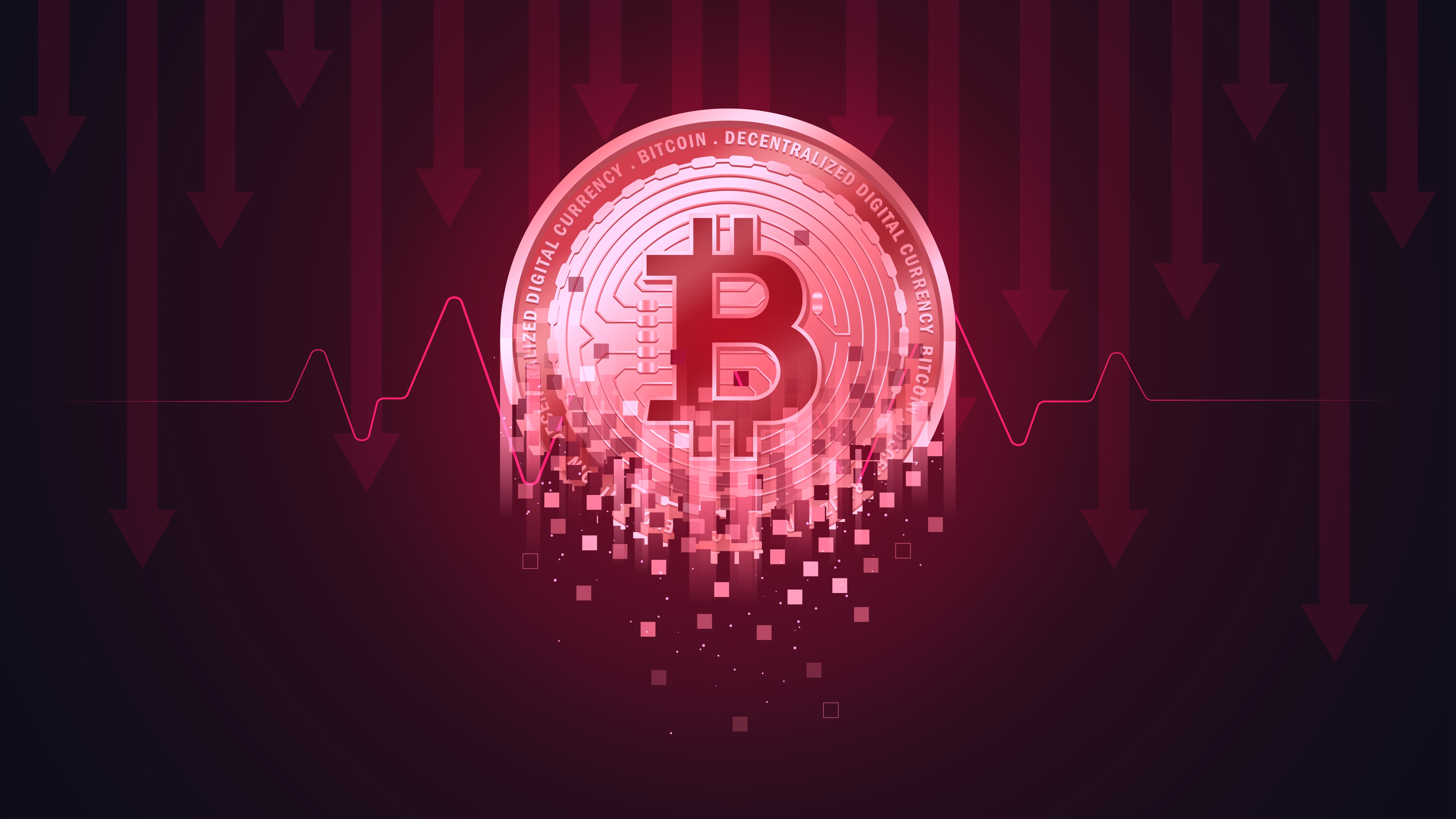Relations between China and the United States are at their lowest ebb in decades.
But despite new sanctions and spying accusations in just the last few weeks, US Secretary of State Antony Blinken is still expected in Beijing this weekend.
While it may not deliver the “thaw” in relations that President Joe Biden has predicted, it is at least a sign that both China and the US are willing to re-open top-level communication.
Given the extent of the distrust between them, it’s very unlikely the visit will bring any major breakthroughs and US officials have been tempering expectations accordingly.
However, both sides will at least have the chance to state their positions and reiterate their red lines – and it’s hoped the trip will at least stop the relationship from deteriorating any further.
So what is on the table for discussion? Here are the five key sticking points.
Spying and surveillance
Blinken’s visit was initially supposed to happen in February but it was dramatically postponed when a large Chinese balloon was spotted over the US and eventually shot down by American forces.
The Americans said it was a “spy balloon” sent to gather information about sensitive US military sites – the Chinese said it was a civilian craft undertaking meteorological research and described its shooting down as an indiscriminate “overreaction”.
Please use Chrome browser for a more accessible video player
There had been fears this week of a similar derailment when the Wall Street Journal reported that China has done a secret deal with Cuba to establish a spy base there.
Although both sides described this report as inaccurate, the Americans did later confirm that China does already have spying facilities on Cuba and has regularly accused China of widespread IP theft.
The tension around these incidents is a clear demonstration of just how wary both nations are of the spying and surveillance activities of the other.
Trade and tech wars
An extensive and growing list of sanctions and trade restrictions exist between the two counties, and while both say they want dialogue, they are taking active steps to decouple their economies.
Many tariffs introduced during the Trump era remain in place and the Biden administration has added more.
In fact, in just the last few days, the US introduced new sanctions on Chinese entities which have dealings with Iran.
China, for its part, has introduced a raft of retaliatory measures including raids on some American firms based here.
But perhaps the most consequential move came last year when the US unveiled major new rules that block the sale of the most advanced semiconductors and chip-making technologies to China.
Please use Chrome browser for a more accessible video player
It’s a piece of legislation that will slow China’s progress in areas like super computing and AI.
While China and the US still have a $600bn trading relationship, US restrictions have intensified China’s belief that America is trying to “contain” it, and intentionally stifle its growth and development.
Ukraine war
China has never actively condemned or condoned Russia’s illegal invasion of Ukraine.
It has cast itself as a potential peace broker, maintaining that it is one of the few nations in the world that has not taken sides.
But China has quietly been providing Russia with finance, technology, and diplomatic cover and in March President Xi Jinping’s state visit to Moscow was full of warmth and reiterations of friendship.
Earlier this year America claimed it had intelligence to show that China was considering also selling arms to Putin.
It’s a claim China has denied, but Blinken will likely reiterate that any such move closer to Russia over the war will have serious consequences.
Read more:
Chinese foreign minister: US risks ‘catastrophic’ conflict
Bill Gates visit to China signals Beijing is open to a thaw in US relations
Regional security and military aggression
In recent weeks the US military has accused Chinese forces of “unsafe” and “unnecessarily aggressive” manoeuvres in the Taiwan Strait and the South China Sea.
In one instance, filmed by the US Navy, a Chinese military ship cuts sharply across the path of an American destroyer in the Taiwan Strait, narrowly avoiding a collision.
Please use Chrome browser for a more accessible video player
Another video was released earlier this year of a Chinese ship pointing a military-grade laser at a Philippines vessel in the South China Sea.
China claims sovereignty over this shipping hotspot, but that is contested by many other regional powers and is not recognised in international law.
In the air, there have been several reports of Chinese jets flying dangerously close to US ones, and fighters are now flying towards the island of Taiwan and crossing into its Air Defence Identification Zone on a daily basis.
China argues it’s the US presence so close to its territory that is the act of aggression.
But there is real concern about the risk of accidents and escalation.
Be the first to get Breaking News
Install the Sky News app for free
Taiwan
It is the Island of Taiwan that is perhaps the most volatile of sticking points between China and the US.
Taiwan is a self-governing democracy that China sees as a renegade province and part of its own territory.
Reuniting it with the mainland has been described by President Xi as at the “core of China’s core interests,” and he’s said that China has the right to take the island by force if necessary.
President Biden has repeatedly said America would come to Taiwan’s defence if that ever happened.
This is a deeply complex and intractable issue – while China sees US comments on Taiwan as an intervention into its internal affairs, America views China’s potential aggression as a huge threat to not just its interests in the region but also to global peace.
Many of these issues boil down to an increasingly tense stand-off for global influence and ascendancy, and the mistrust that has developed between the two runs very deep.








